In Évry, South of Paris, the Lucie Aubrac Residence showcases white concrete in all its glory. This material is intended to remain exposed, left in its raw, as-cast finish...
Gray and, above all, white. These are the shades that characterize the concrete facades of the buildings in the Lucie Aubrac Residence, currently under construction in Évry (91), within the Zac Canal development. At least for four of the buildings, as the fifth incorporates an additional element: adhered facing bricks, though still on a reinforced concrete structure.
Under the project management of 1001 Vies Habitat, the development is entirely social housing. Approximately 99 units, ranging from one-bedroom (T1) to five-bedroom (T5) apartments, are set to be completed this year. The project aims for NF Habitat HQE certification, reflecting high environmental performance. It is also labeled RT2012 + 20% and meets Level 1 biosourced criteria. This explains the use of cross-laminated timber (CLT) floors in the duplex apartments on the 7th and 8th floors of Building A and in the smaller two-story Building E. The other buildings rise to 4 or 5 levels, with a total living area of approximately 6,670 m²...
In fact, the concrete isn’t completely white—it’s more of a light tone, somewhere between sand and a very light beige. This was a deliberate choice by the Zac (development zone), where the new eco-district "Les Horizons" is located. The unique aspect of this project is that it is part of the redevelopment of a publicly owned site that once housed a hospital, which has since been relocated and rebuilt elsewhere. The Lucie Aubrac project thus aims to continue the urban transformation of the neighborhood, which began in 2008.
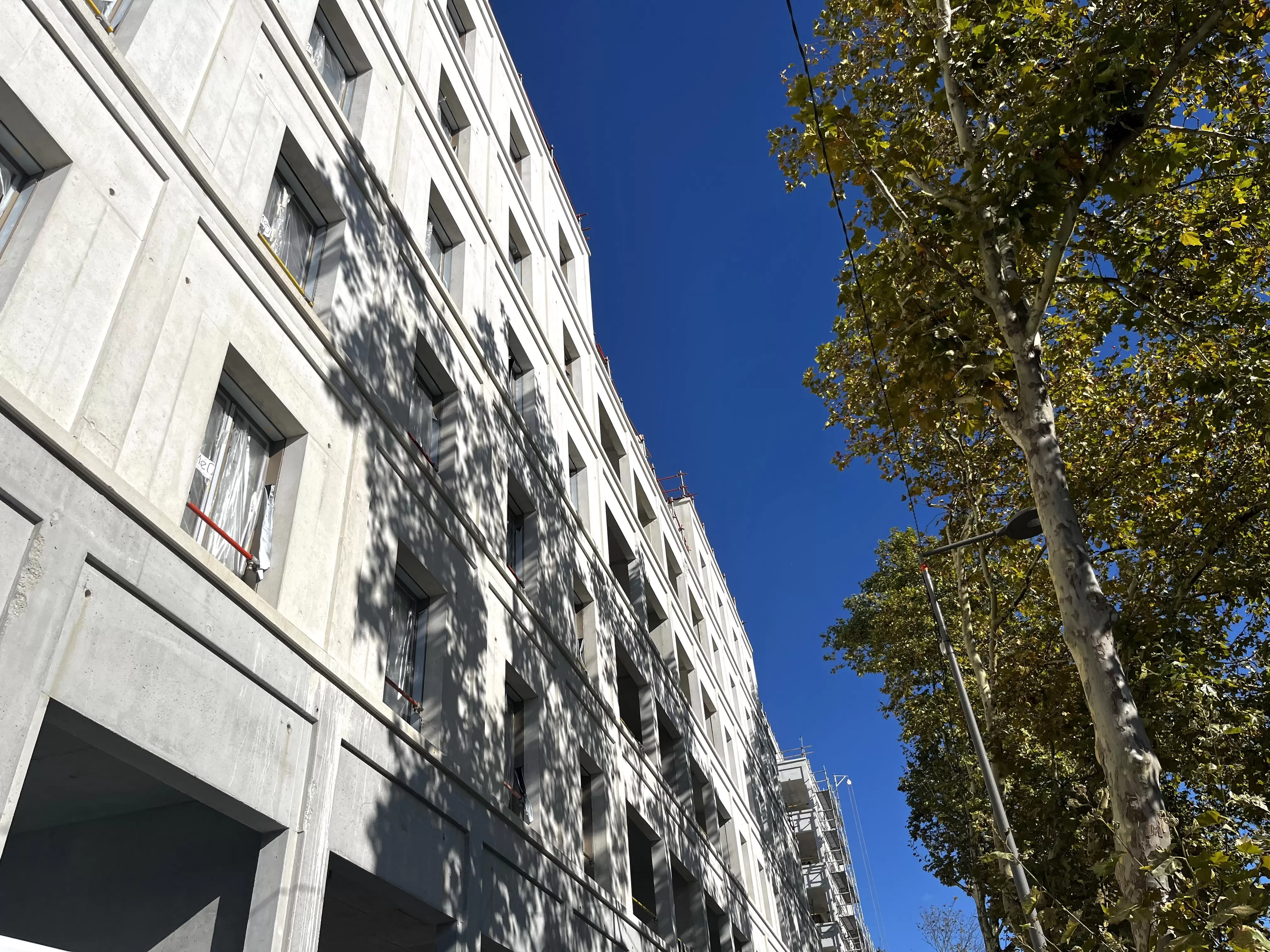
The facades feature deep grooves at the level of each window, creating a regular rhythm across all the buildings. [©Aalborg Portland]
Based on White Cement
The volume of architectural white concrete used in the project is far from negligible, amounting to approximately 874 m³. "Cemex secured this contract," explains Frédéric Droin, the project's construction engineer. "It’s true that there aren’t many factories in the area capable of supplying white concrete." Cemex chose to work with Aalborg White CEM I 52,5 R DK cement. However, before final approval by architect Fabienne Guérin-Jean, " we produced a prototype panel and a test panel on-site in the basement to allow the architect to validate the shade."
Surface appearance was also a key consideration. In this regard, there were no strict constraints regarding surface air bubbles, as the architect accepted these imperfections as part of the inherent nature of concrete. Nevertheless, the company implemented a protocol to minimize such effects by using new in-house B20 formwork with stainless steel faces. This was combined with a bio-based oil from Valchim’s range, specifically designed for white concrete. "This oil is very white and highly aqueous. There’s very little difference in the finish between pours done in hot or cold weather," confirms Frédéric Droin.
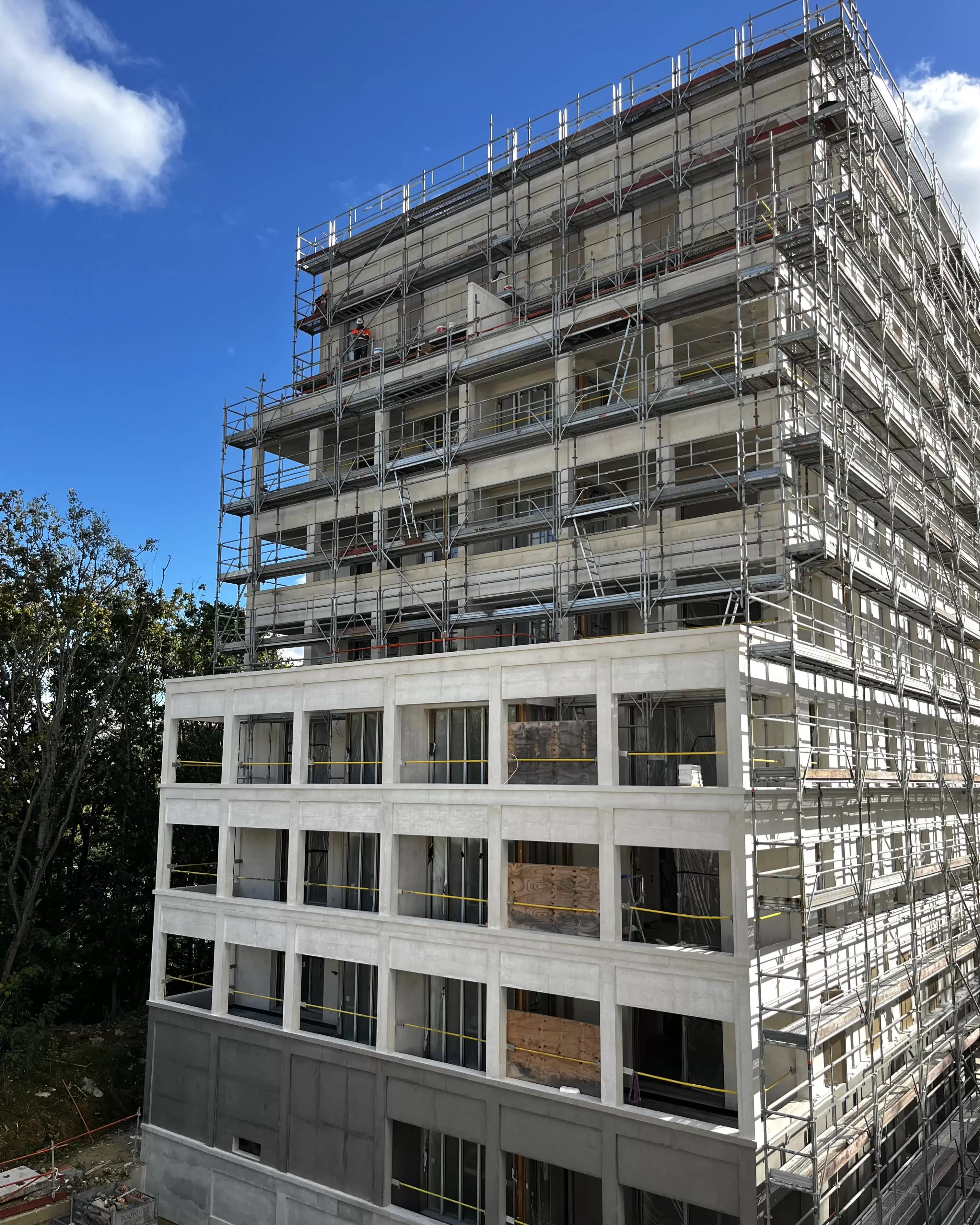
The Lucie Aubrac Residence comprises five buildings, ranging from R-2 (two underground levels) to R+8 (eight above-ground levels). [©Aalborg Portland]
Engraved Facades
The majority of the white concrete has a strength class of C25/30, with an S4 fluidity. However, some batches were poured at C40/50 during winter to meet the need for early-age strength, allowing for the installation of wooden floors. The concrete was placed using traditional methods, with bucket pouring and vibration, as the walls and columns were heavily reinforced. "Self-compacting concrete (SCC) was considered at one point but ultimately not chosen," likely due to the complexity of the walls. These walls feature deep grooves at the level of each window, creating a regular rhythm across all the buildings. This design extends the aesthetic of the ground floor, which is made of gray concrete and features a series of arched patterns.
A system of polyurethane magnetic matrices, supplied by Leviat Plaka, was used to execute the project. "Several elements were sometimes required to cover the surface to be engraved. The most frequently used matrix was reused nearly 45 times! "
The white concrete facades are intended to remain in their raw, as-cast state, which required meticulous attention during construction. The ground floors of the buildings, made of architectural gray concrete (66 m³ in total), were treated with a stain to ensure protection and color uniformity. The chosen product was Chryso Pieri Précolor Vario in the obsidian shade at 200%. This gives the buildings a dark base, contrasting with the lightness of the upper levels.

The volume of architectural white concrete used in the project is far from negligible, amounting to approximately 874 m³. [©Aalborg Portland].
Key Details:
Client: 1001 Vies Habitat
Architect: Fabienne Guérin-Jean
Structural Engineering: Sibat
Contractor: Bouygues Bâtiment Habitat Social
Concrete Supplier: Cemex
White Cement: Aalborg White® (Aalborg Portland France)
Timeline: 25 months
Cost: €17.3 million
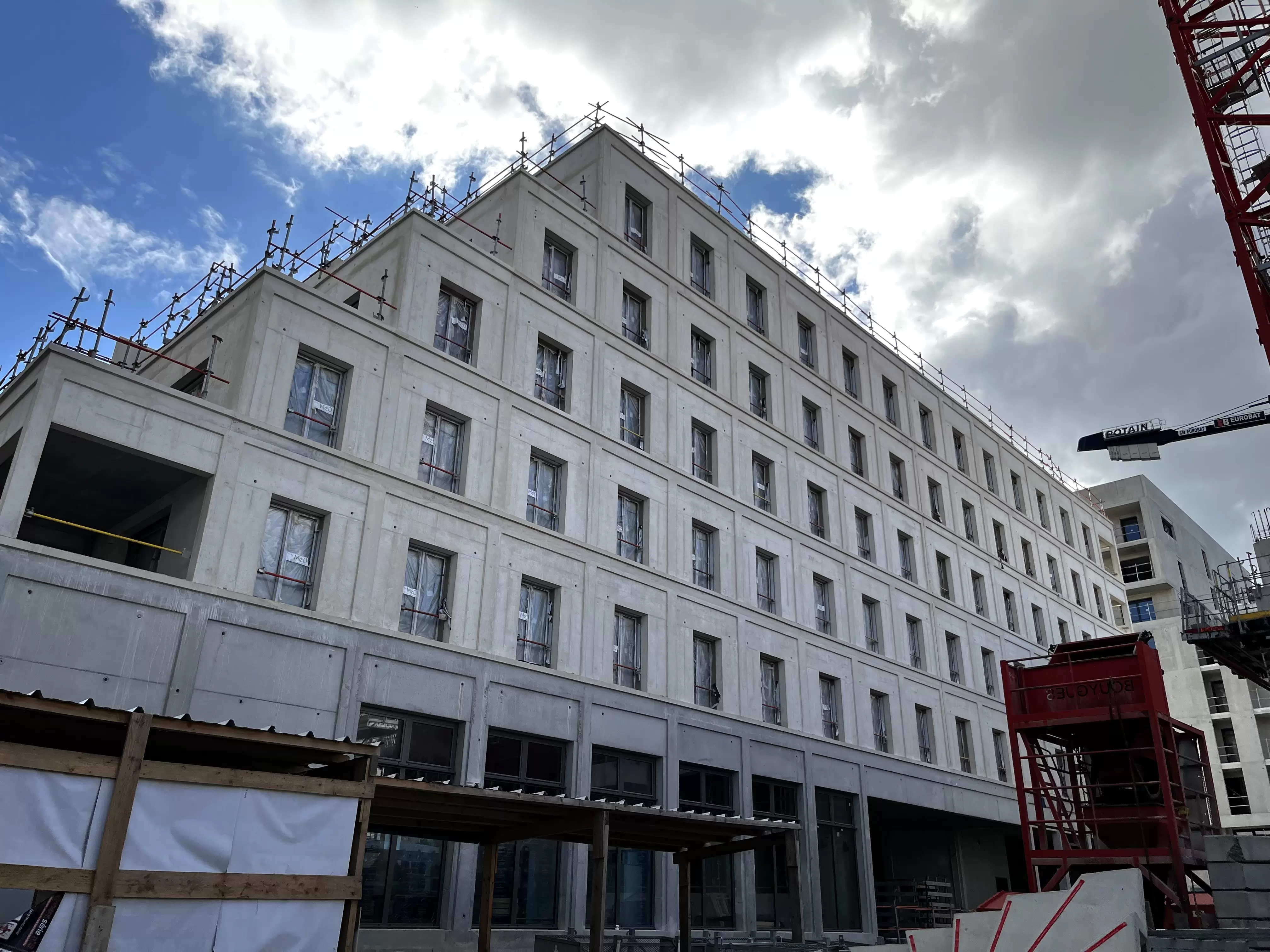
On a gray concrete ground floor, the upper levels are constructed entirely of white concrete. [©Aalborg Portland]
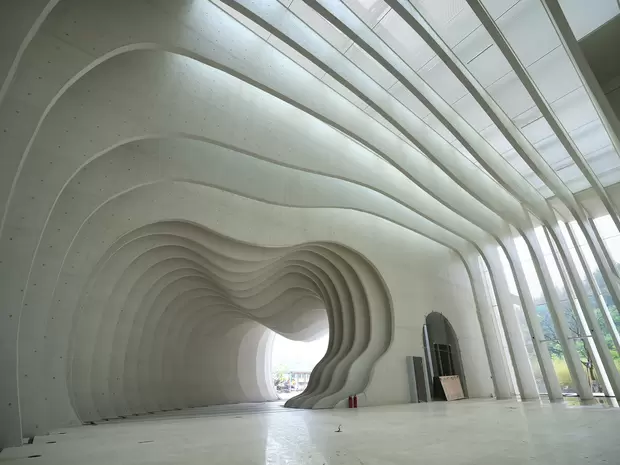

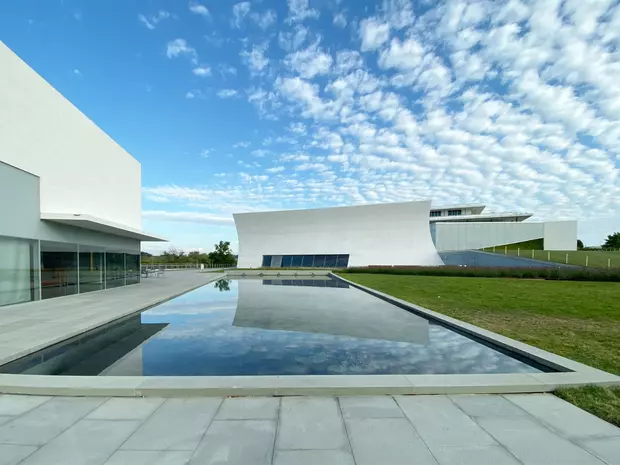
Share on